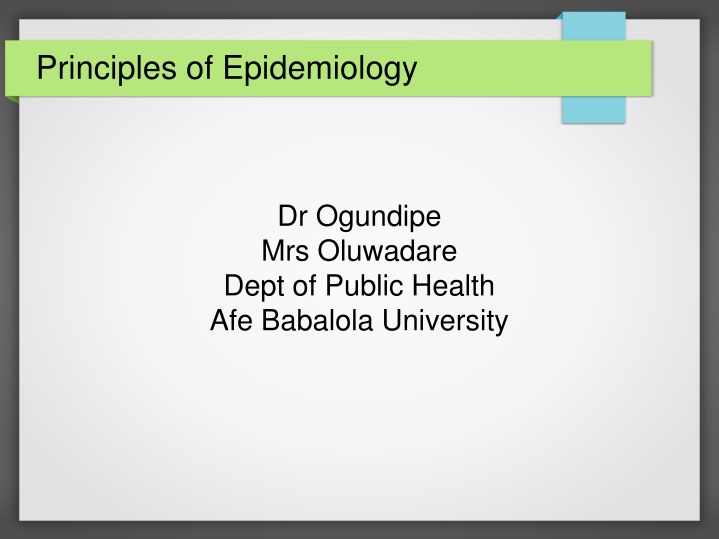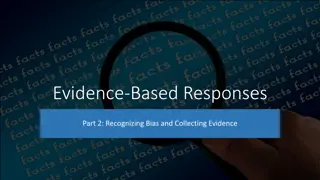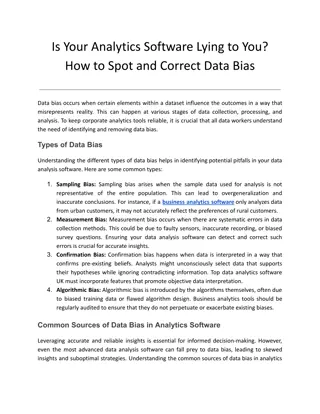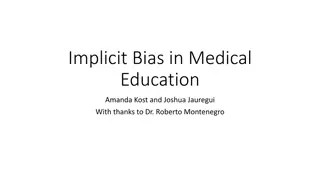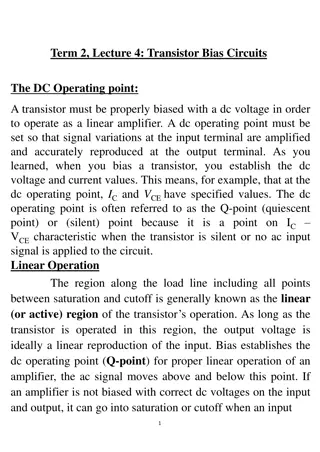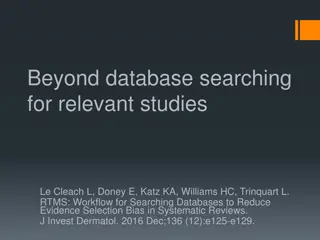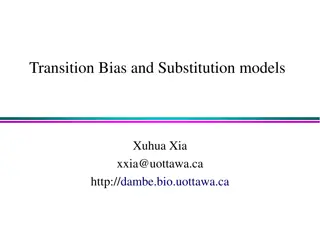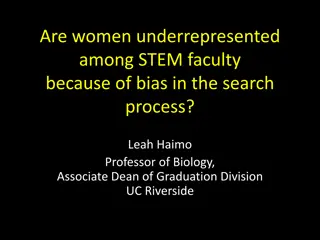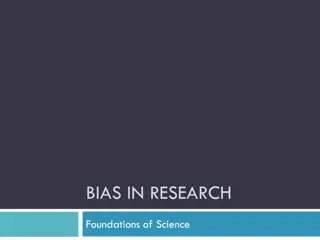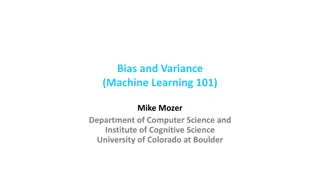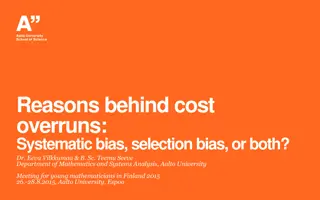Principles of Epidemiology and Bias in Research
Principles of epidemiology, confounding, bias, and implications in research are discussed, covering topics like sample selection bias, case control study biases, and types of bias in research.
Download Presentation

Please find below an Image/Link to download the presentation.
The content on the website is provided AS IS for your information and personal use only. It may not be sold, licensed, or shared on other websites without obtaining consent from the author.If you encounter any issues during the download, it is possible that the publisher has removed the file from their server.
You are allowed to download the files provided on this website for personal or commercial use, subject to the condition that they are used lawfully. All files are the property of their respective owners.
The content on the website is provided AS IS for your information and personal use only. It may not be sold, licensed, or shared on other websites without obtaining consent from the author.
E N D
Presentation Transcript
Principles of Epidemiology Dr Ogundipe Mrs Oluwadare Dept of Public Health Afe Babalola University
Surveys Case Control Cohort BIAS AND CONFOUNDING Randomised Controlled trial Define confounding Using example, illustrate your understanding of confounding
Bias Bias is any aspect of research that can depart the findings of the research in one direction, away from the true finding. In one direction means systematically in one way. For example: Your weighing scale can be biased if you weigh yourself 5 times and each time it records you as always HIGHER or always LOWER WEIGHT than your true weight. For example: If your true weight is 70kg but the scale records 65, 60, 62, 66, 59. This is always lower, in one direction (NEGATIVE BIAS). This is a systematic error. You cannot easily find out bias in your research because you cannot just weigh it with a scale. But if you look carefully with an Epidemiologists eyes, you will find any bias when it exists. If your true weight is 70kg and your scale records 65, 75, 73, 73, 68. The recorded weight are either higher or lower. This is not bias because it is not sytematically in one direction. This type of error is called a random error. What is negative Bias? What is Positive Bias?
This error can be reduced by increasing the sample size. Systematic error shows lack of precision but in only one direction. This is Bias Random Error and Systematic Error This error cannot be estimated or corrected. Bias is anything during the design, conduct or analysis of research that can lead to conclusions that are SYSTEMATICALLY different from the truth/
Implication of Bias Bias leads to mistaken estimate of the relationship between the dependent and independent variables When you allow bias in your study, there is no way to correct it. The study becomes INTERNALLY INVALID and it is useless. Internal validity of research refers to how well the research was designed and conducted particularly in avoiding bias and confounders External validity refers to how wellthe research findings are interpreted and applied to the entire target population
Types of Bias Sample Selection Bias: Sample not selected to represent the target population Results from: Inappropriate/inaccurate definition of cases Inaccurate Sampling Frame Inaccurate identification of cases e.g referral filter bias Information Collection bias (Measurement bias) Can Observer (interviewer) bias Can be participant (subject ) bias Confounders Specific Biases in Exoerimental studies
Case selection Bias in Case Control Study Case Survival Bias Case referral Bias / Referral Filter Bias Case Eligibility Assessment Bias Case Non participation Bias Case ascertainment Bias
Control selection Bias in Case Control Study Control source Bias Exposure related Control Survival Bias Control Referral Bias Control Non participation Bias
Bias and Case Control Study The greatest disadvantage of case control study is BIAS Detection Bias Berksonian Bias (Admission rates Bias) Diagnostic suspicion Bias / Ascertainment Bias Exclusion Bias Exposure Suspicion bias Recall Bias Rumination Bias
CONFOUNDER A confounder is a 3rd variable associated with two other variables (the dependent and independent variables) thereby confusing the association that exists between these dependent and independent variables. A confounder is one type of bias A confounder can be avoided during the design of research A confounder can be detected during analysis of research findings.
You should now be able to define Random error Systematic error Bias Sources of bias in case control study Negative Bias Positive Bias You should be able to list 10 biases and be able to explain clearly 5 of them.
